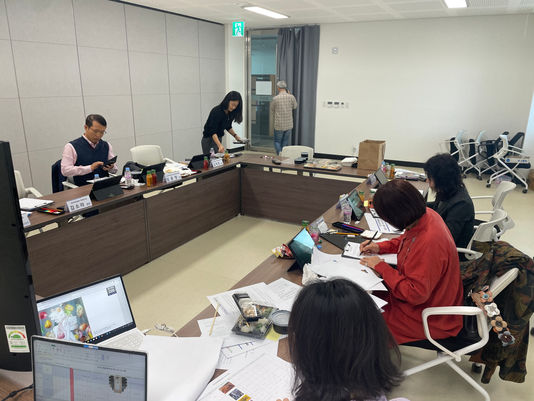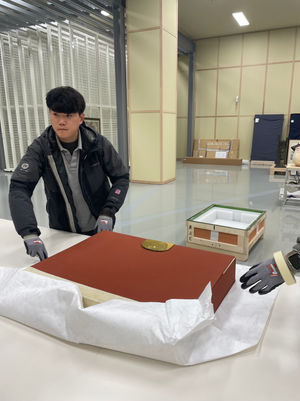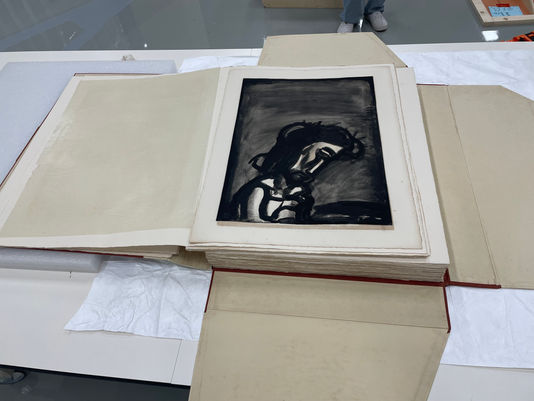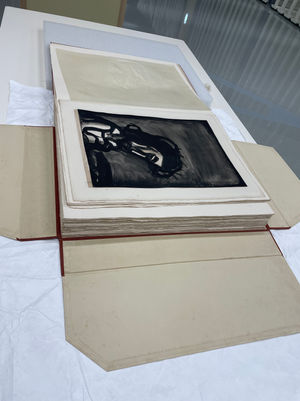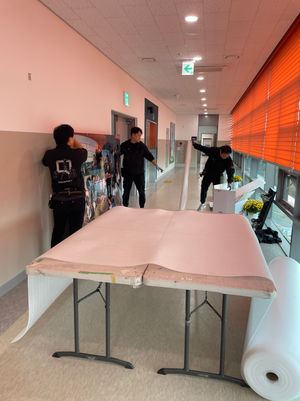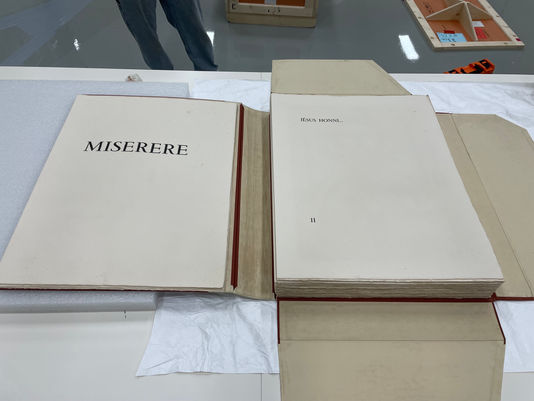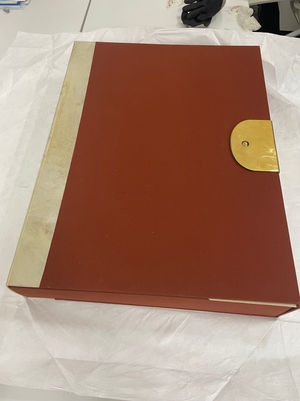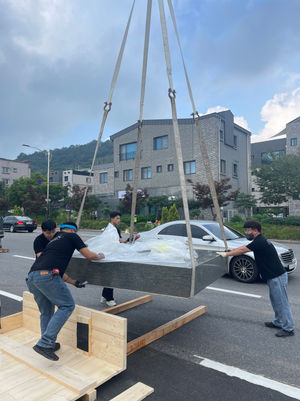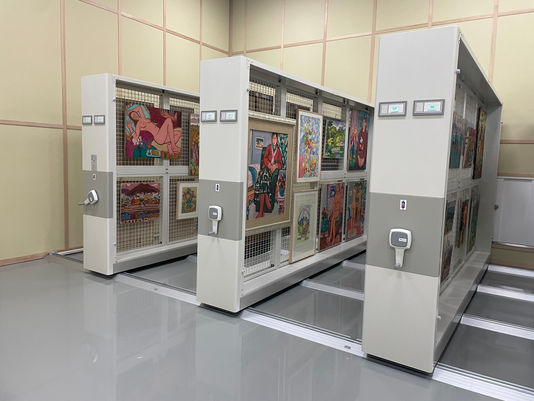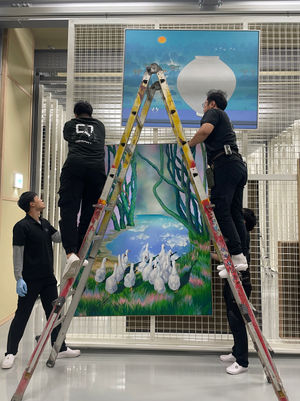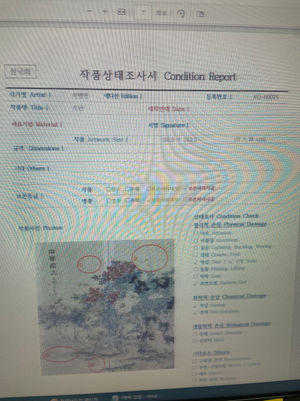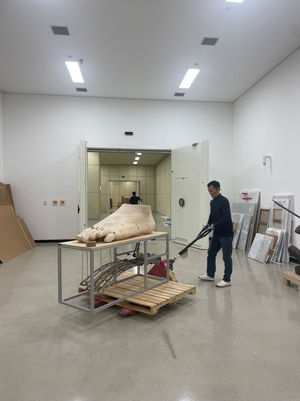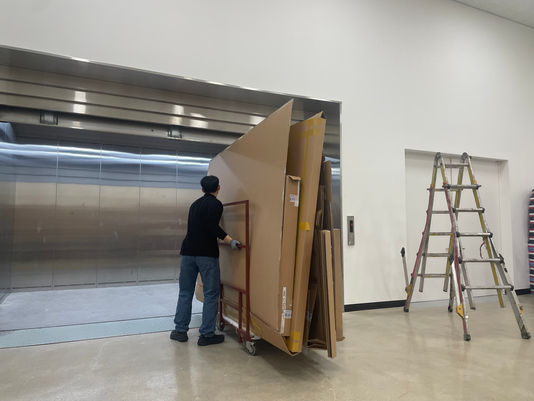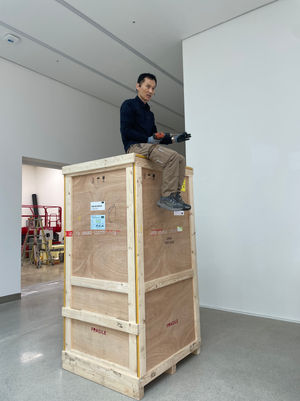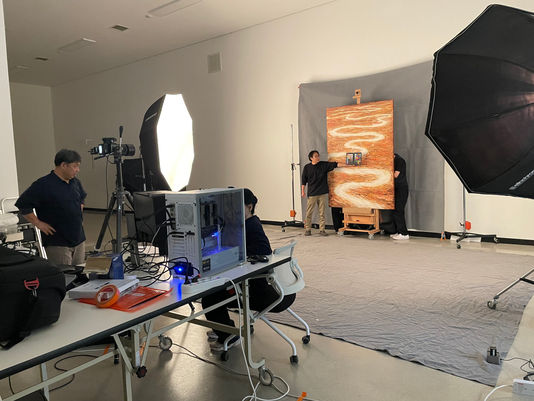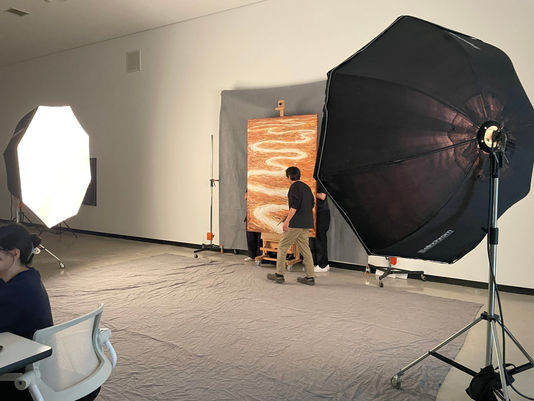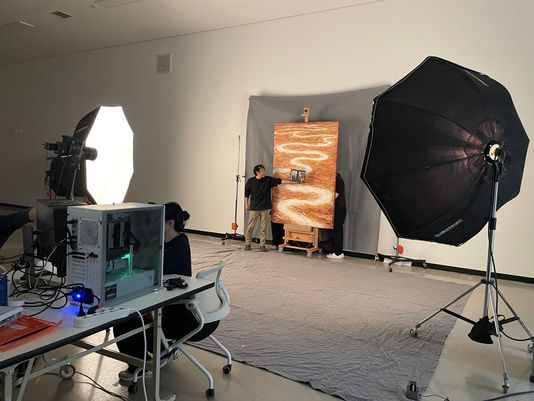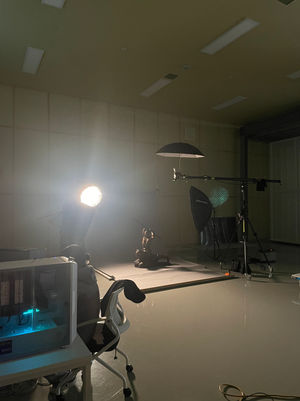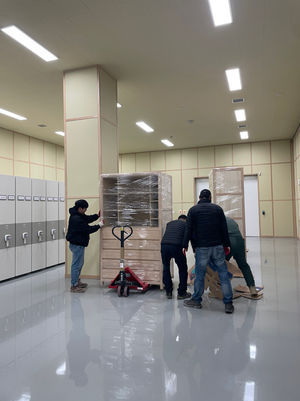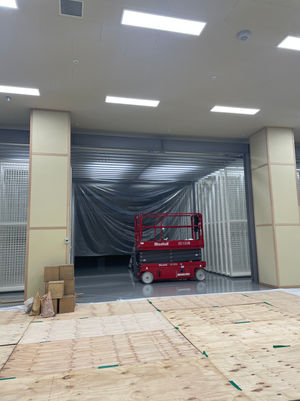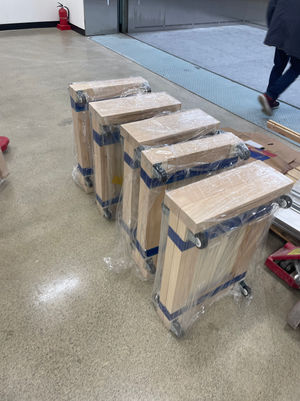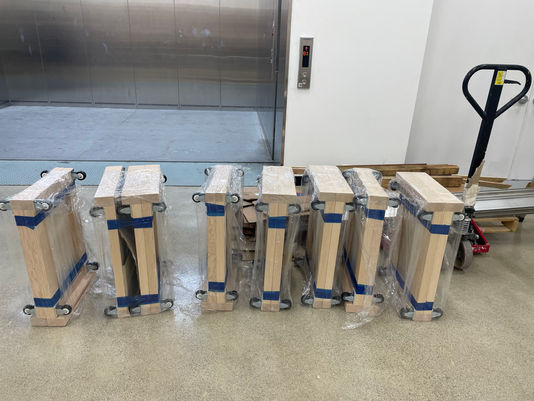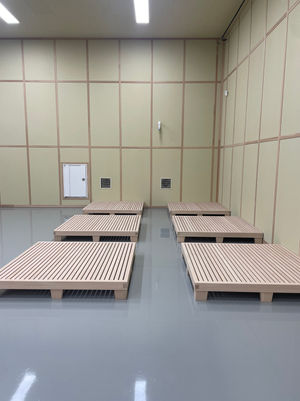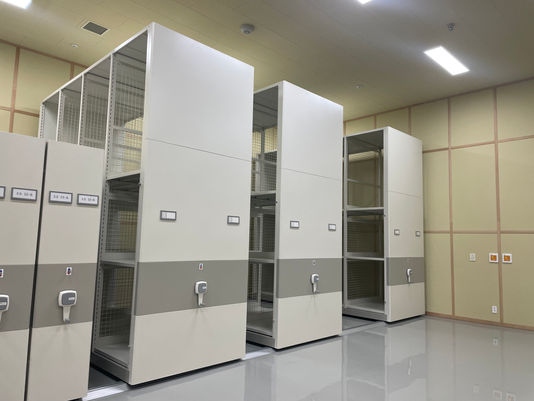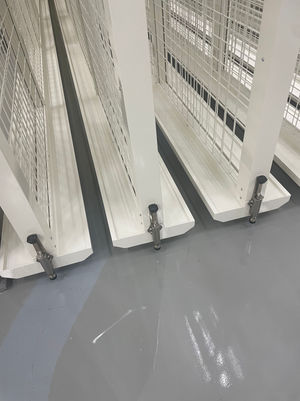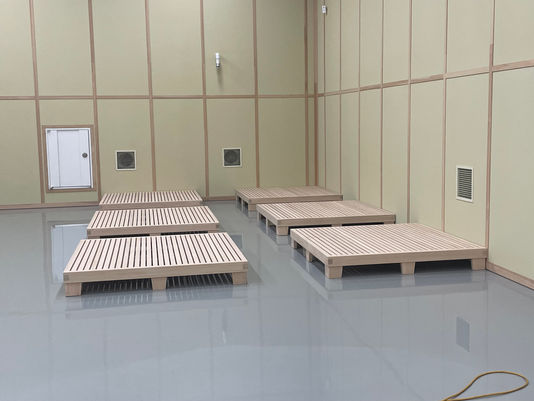Curator / Researcher
Collection Management
Managed by Jisu Yoon(Registrar)

Collection of Artworks
As a registrar, the collection management work I performed was one of the core functions of the museum, focused on efficiently acquiring and managing art pieces of academic and artistic value. This process involved various methods, including acquisitions, donations, and management transfers. Acquisitions were made within the budget after recommendations from the Collection Recommendation Committee and review by the Collection Review Committee. Additionally, works presented at the auction were selected through further review. Regarding donations, requests from artists or collectors were reviewed by the Collection Review Committee to decide whether to accept them, with donations being made free of charge. The collection process was done twice a year through public calls, with all procedures being reviewed and coordinated by the Collection Recommendation and Review Committees. These committees, comprised of external experts, evaluated each piece's appropriateness, price, research, and conservation potential. This process played a crucial role in supporting ongoing research and exhibitions of the museum’s collection while preserving the academic and artistic value of the museum's holdings.
Collection Management and Loan
Collection management aims to systematically and securely preserve the museum’s collection, which involves creating and maintaining an optimal environment to ensure the long-term preservation of each item. Objects are safely stored in dedicated storage facilities, and steps like acquiring insurance help minimize the risk of damage. Additionally, regular condition assessments and conservation treatments are conducted to sustain the value and condition of the collection over time.
The loan of collection items is conducted within the museum's operational capacity and is permitted for exhibitions organized by national or local government bodies or for international cultural exchange exhibitions. Loans may also be granted in exceptional cases upon request from individuals involved in prior transfers or donations of items. When items are loaned, necessary conditions, such as insurance coverage, are implemented to ensure their protection. The loan period and exhibition schedule are adjusted based on a comprehensive assessment of the items' condition and the exhibition environment.
Photography of Collections
The photography of collections was an essential task I handled to ensure systematic recording, management, and research of the museum's artworks, supporting the long-term preservation of both the museum and its collections. The photography involved documenting each item’s condition, key features, and preservation status, which were then stored in a digital database. This practice enabled periodic monitoring of the artworks' condition and was a valuable resource for online exhibitions or research inquiries. Additionally, I paid careful attention to factors such as lighting, angles, and resolution to avoid potential damage, ensuring that the photographic records became essential for preservation and research.
Expansion of Storage Facilities and Additional Rack Installation
The expansion of storage facilities and the addition of storage racks project focused on enhancing the museum's capacity to store collections and improve its management system. Through this project, we expanded the space to include suitable environmental conditions for collection storage. The newly added storage racks improved both the items' safety and accessibility, significantly boosting the efficiency of conservation management.
All rights reserved.
No part of this image and text may be reproduced or utilzes in any form or by any means without the written permission from Asia Culture Centre and the author.
ⓒ Asia Culture Centre

